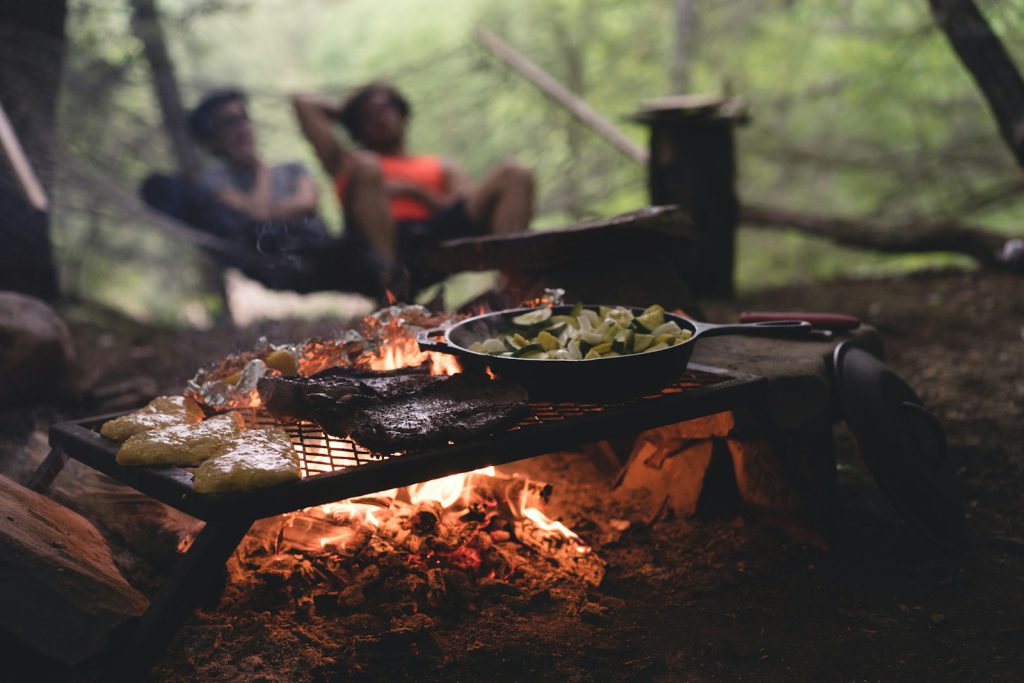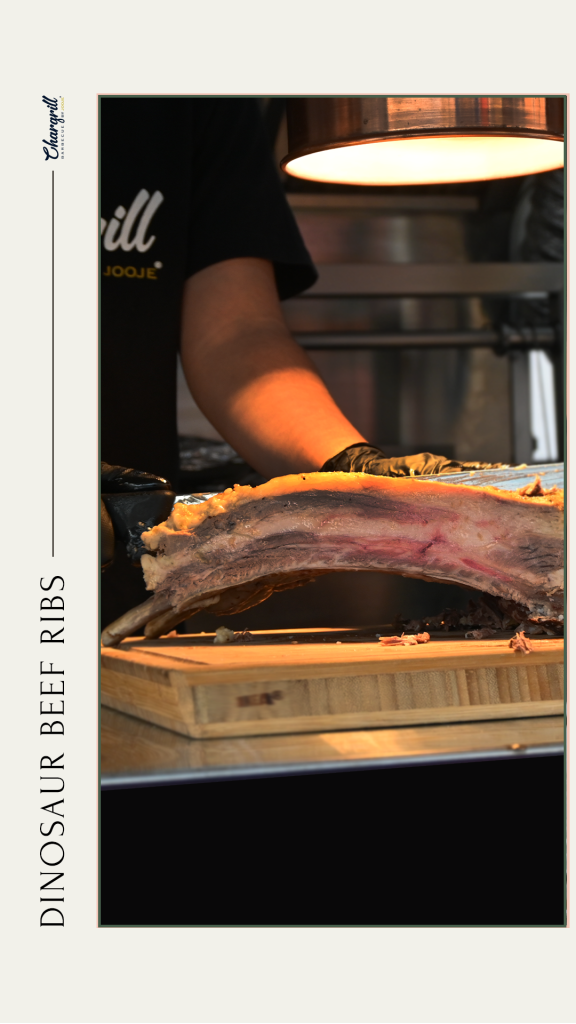Planning an on-site BBQ catering menu requires thoughtful consideration of various factors to ensure a delightful dining experience for your guests. Here’s a comprehensive guide to help you craft a menu that satisfies and impresses.
Understand the Event and Guests
Before designing your menu, gather essential details about the event and your guests:
- Event Type and Theme: Whether it’s a corporate BBQ lunch, a rustic wedding reception, a backyard birthday party, or a community barbecue, the event type sets the tone for your menu. Align the menu with the event’s theme to create a cohesive experience.
- Guest Preferences and Dietary Needs: Take into account any dietary restrictions such as vegetarian, vegan, gluten-free, or allergies to ensure inclusivity. Understanding cultural preferences can also help tailor the menu to your guests’ tastes.
- Guest Count: Estimate the number of attendees to determine the quantity of food needed. This helps in planning portions and ensures there’s enough variety to accommodate everyone.
Example: For a corporate BBQ lunch celebrating team achievements, consider a menu that balances classic BBQ favourites with lighter options suitable for a midday event. Offer gluten-free and vegetarian choices to cater to diverse dietary needs.

Select Main BBQ Dishes
Offer a range of mouthwatering BBQ dishes that showcase your expertise and appeal to different tastes:
- Smoked Brisket: Slow-smoked beef brisket, seasoned with a dry rub and smoked over hickory wood for hours until tender. Serve sliced or chopped, accompanied by a selection of BBQ sauces.
- Ribs: Choose between baby back ribs or St. Louis-style ribs, seasoned with a spice rub and slow-cooked until they’re fall-off-the-bone tender. Offer variations such as sweet and spicy glazes or traditional BBQ sauce.
- Pulled Pork: Succulent pork shoulder, slow-cooked until it can be effortlessly shredded. Serve with classic BBQ sauce or offer vinegar-based options for a tangy twist.
- Sausages: Grilled sausages in a variety of flavours like spicy jalapeño cheddar, traditional bratwurst, or smoky andouille. Serve with mustard and sauerkraut for a classic pairing.
- Smoked Chicken: Tender chicken pieces, marinated with a blend of spices and smoked until juicy and flavourful. Offer different cuts such as thighs, drumsticks, or breast fillets to cater to preferences.
Example: For a rustic wedding reception, create a menu featuring slow-smoked brisket as the star attraction, complemented by tender pork ribs glazed with a bourbon-infused sauce. Offer smoked chicken quarters for variety, ensuring each dish is expertly seasoned to highlight its smoky flavour profile.
Include Vegetarian and Vegan Options
Ensure your menu is inclusive by offering enticing options for non-meat eaters:
- Grilled Vegetables: Seasonal vegetables such as bell peppers, zucchini, mushrooms, and eggplant, marinated and grilled to perfection. Serve with a balsamic glaze or herb-infused olive oil.
- Vegetarian Burgers: High-quality veggie patties made from ingredients like black beans, quinoa, or chickpeas. Serve on toasted brioche buns with fresh lettuce, tomato, and avocado slices.
- Tofu Skewers: Marinated tofu cubes skewered with bell peppers, onions, and cherry tomatoes. Grill until lightly charred and serve with a tangy soy-ginger glaze.
Example: For a community barbecue with diverse dietary preferences, offer a vegetarian option like grilled vegetable skewers alongside the main BBQ dishes. Include a vegan-friendly burger option made from lentils and mushrooms, ensuring it’s hearty and satisfying.

Plan Complementary Side Dishes
Enhance your BBQ dishes with a variety of delectable side dishes that complement the smoky flavours:
- Classic Sides: Coleslaw with a creamy dressing and a hint of apple cider vinegar, potato salad loaded with crispy bacon and tangy mustard, baked beans slow-cooked with molasses and smoked brisket trimmings.
- Fresh Salads: Crisp garden salad with mixed greens, cherry tomatoes, cucumber slices, and a zesty vinaigrette, pasta salad with bowtie pasta, sun-dried tomatoes, and basil pesto.
- Unique Offerings: Grilled corn on the cob brushed with herb butter and sprinkled with parmesan cheese, mac and cheese baked until golden and bubbly, sweet potato fries seasoned with smoked paprika and served with a chipotle dipping sauce.
Example: For a backyard birthday party, offer a selection of classic sides like tangy coleslaw and creamy potato salad alongside a vibrant garden salad. Include crowd-pleasers such as grilled corn on the cob with smoky butter and a decadent mac and cheese casserole, ensuring each side dish complements the main BBQ offerings.
5. Offer a Range of Sauces and Condiments
Provide a variety of BBQ sauces and condiments to enhance the flavour experience:
- BBQ Sauces: Sweet and tangy Kansas City-style BBQ sauce, spicy Texas-style BBQ sauce with a hint of chipotle, vinegar-based Carolina BBQ sauce with a peppery kick, mustard-based South Carolina BBQ sauce for a tangy twist.
- Additional Condiments: Crisp pickles and onions for added crunch, pickled jalapeños for a spicy kick, tangy relishes with diced bell peppers and celery, hot sauces ranging from mild to fiery.
Example: For a corporate BBQ event, offer a sauce station with a selection of regional BBQ sauces such as tangy Carolina mustard sauce and smoky Texas BBQ sauce. Provide a variety of condiments like pickled jalapeños and crispy onions to allow guests to customise their BBQ dishes according to their taste preferences.

Plan Desserts and Beverages
Complete the BBQ dining experience with indulgent desserts and refreshing beverages:
- Desserts: Serve classic BBQ desserts such as homemade apple pie with a flaky crust and cinnamon-spiced filling, peach cobbler topped with vanilla ice cream, decadent brownies with a fudgy centre.
- Beverages: Offer a variety of non-alcoholic options including freshly squeezed lemonade, brewed iced tea with citrus slices, artisanal sodas in nostalgic flavours. For alcoholic beverages, provide craft beers, chilled rosé wine, or signature cocktails like a bourbon-infused lemonade.
Example: For a summer BBQ wedding reception, create a dessert menu featuring seasonal favourites such as peach cobbler with a buttery crust and a refreshing fruit platter with melon balls and berries. Offer a beverage station with iced tea, lemonade, and a selection of wines to complement the BBQ flavours.
Customise and Flexibility
Allow flexibility in your menu offerings to cater to specific preferences and dietary requirements:
- Build-Your-Own Stations: Set up interactive stations where guests can assemble their tacos with BBQ pulled pork, fresh salsa, and tangy guacamole, create sliders with mini beef brisket burgers and gourmet toppings, or build custom salad bowls with mixed greens and grilled chicken.
- Custom BBQ Packages: Offer tailored packages for special occasions such as anniversary celebrations or corporate team-building events. Allow clients to choose their preferred BBQ meats, sides, and desserts to create a personalised menu that reflects their unique taste.
Example: For a family reunion barbecue, set up a build-your-own taco station with BBQ pulled pork, soft tortillas, and a variety of toppings including salsa, shredded lettuce, and diced tomatoes. Provide options for vegetarian and vegan tacos with grilled vegetables and black beans, ensuring everyone can enjoy a customised dining experience.
8. Presentation and Service
Ensure your BBQ dishes are presented attractively and served with attention to detail:
- Buffet or Plated Service: Choose a serving style that suits the event’s atmosphere and guest preferences. Buffet-style service allows guests to select their portions and create their plates, while plated service adds a touch of elegance and ensures each dish is presented beautifully.
- Presentation: Use high-quality serving ware such as rustic wooden boards and ceramic platters to showcase your BBQ creations. Garnish dishes with fresh herbs, citrus wedges, or edible flowers to add visual appeal and enhance flavour profiles.
Example: For a corporate BBQ lunch, opt for a buffet-style service with individual stations for BBQ meats, sides, and desserts. Use elegant chafing dishes and decorative signage to guide guests through the buffet line, ensuring a seamless dining experience that reflects professionalism and attention to detail.
Coordinate with Event Elements
Coordinate your menu with other event elements to create a cohesive and memorable experience:
- Theme Integration: Incorporate elements from the event’s theme into your menu presentation and food styling. Use colour-coordinated linens, floral arrangements, and themed decor to enhance the ambiance and tie together the overall aesthetic.
- Timing and Logistics: Plan the timing of food preparation and service to ensure dishes are served fresh and at optimal temperatures. Coordinate with event planners, vendors, and venue staff to streamline logistics and maintain smooth operations throughout the event.
Example: For a themed backyard BBQ party celebrating a milestone anniversary, design a menu that reflects the couple’s favourite BBQ dishes and incorporates elements from their wedding theme. Coordinate with the event planner to create a timeline for food preparation and service, ensuring guests enjoy a memorable dining experience that complements the festive atmosphere.
Seek Feedback and Improve
Gather feedback from clients and guests to continuously improve your on-site BBQ catering menu:
- Guest Feedback: Distribute post-event surveys or encourage direct feedback from guests to understand their dining experience and preferences. Use this valuable input to refine your menu offerings and enhance future catering services.
- Client Feedback: Schedule a post-event debrief with the event organizer or host to discuss overall satisfaction, menu highlights, and areas for improvement. Collaborate on adjustments that align with future event goals and preferences.
By following these detailed steps and incorporating diverse menu options, you can plan a perfect on-site BBQ catering menu that delights guests and ensures a memorable culinary experience. Tailor each aspect to suit the event type, guest preferences, and seasonal influences, ensuring your menu reflects creativity, quality, and culinary expertise.



